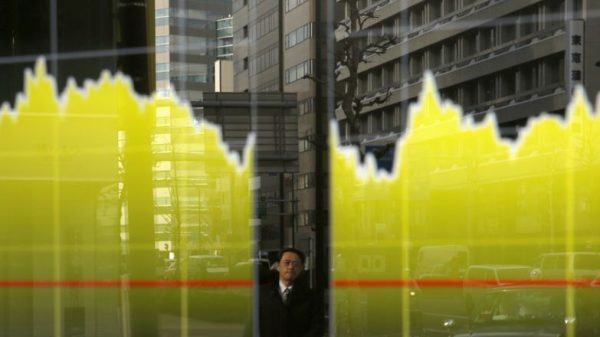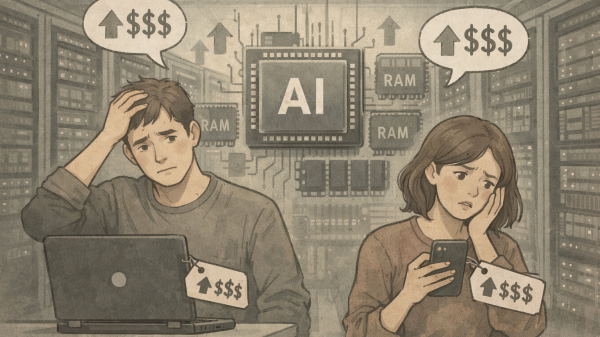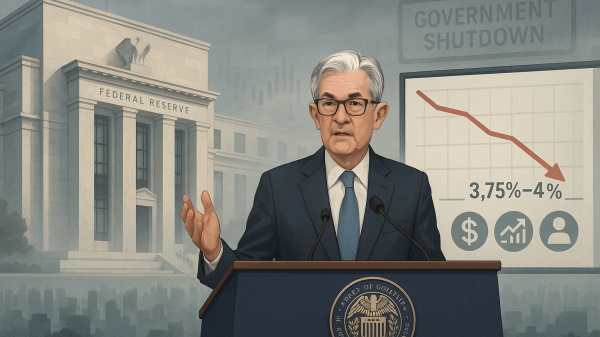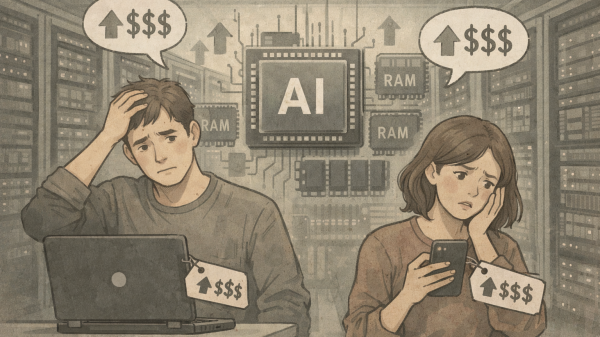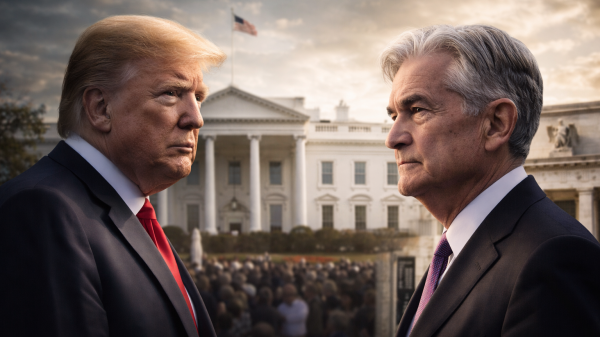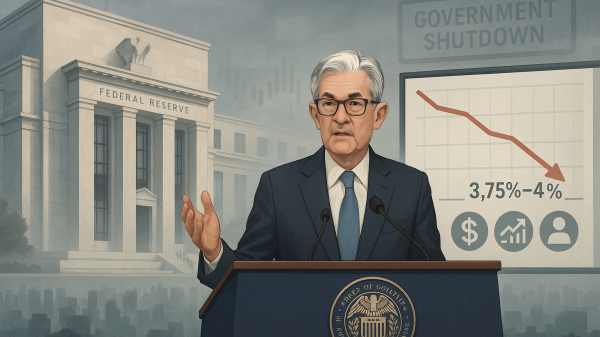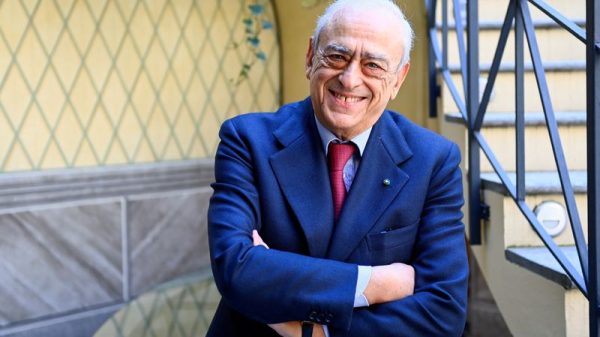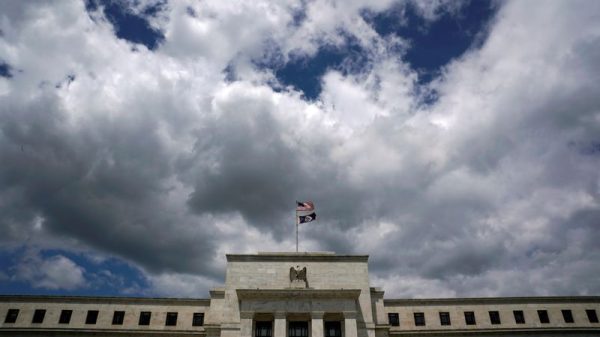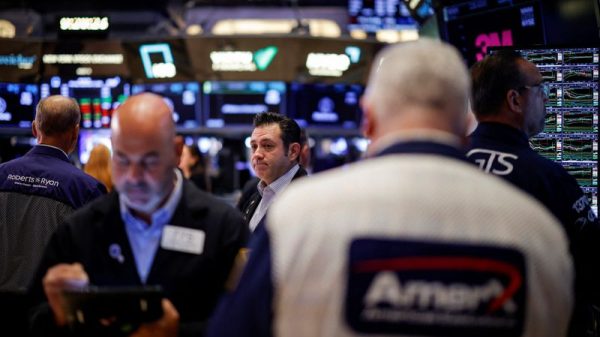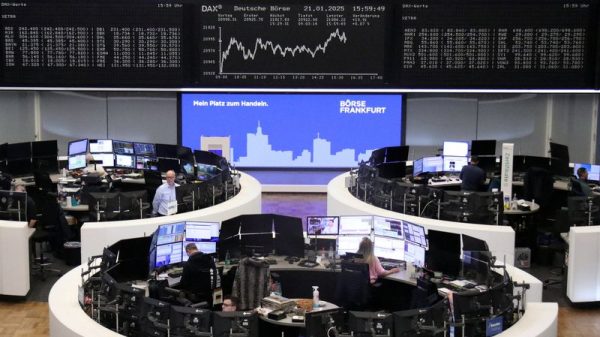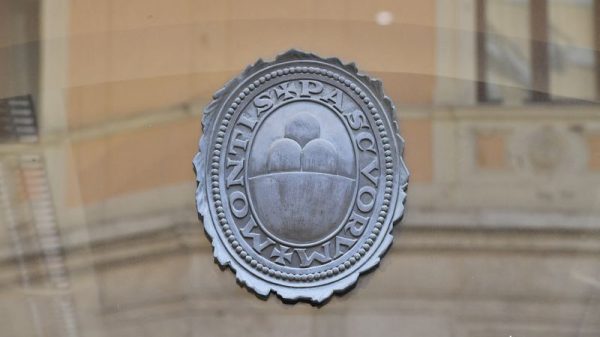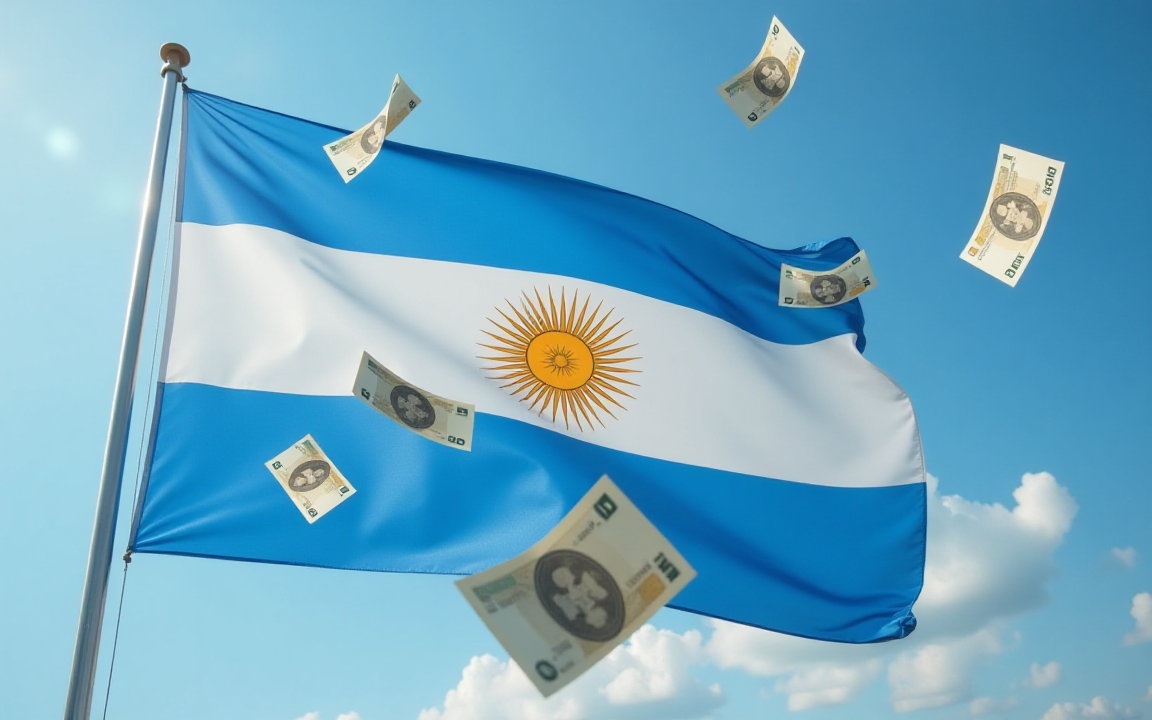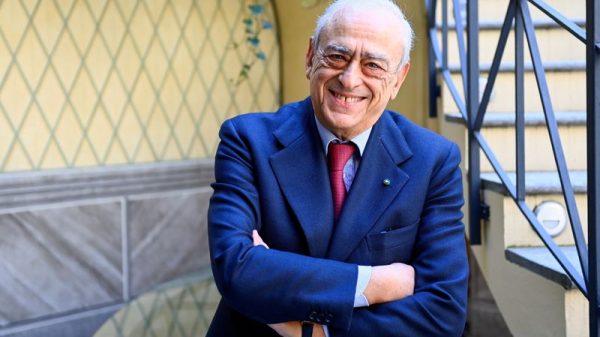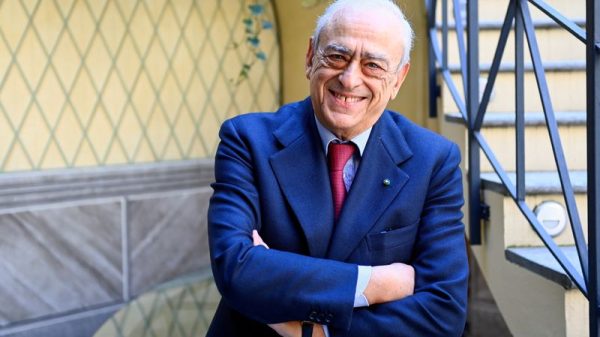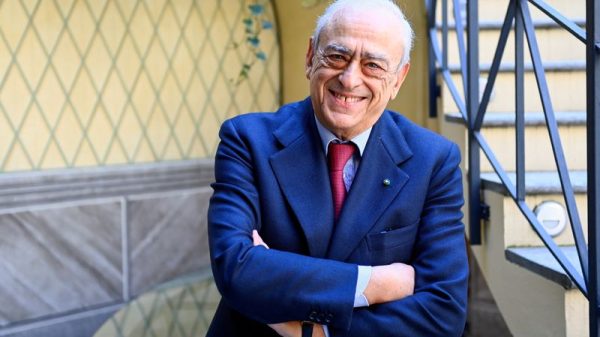Just a year and a half ago, Argentina’s economy looked like it was heading for its tenth sovereign default.
Inflation was out of control. The peso was imploding. Nearly half the population lived in poverty.
Experts warned that electing a chainsaw-wielding libertarian outsider as president would push the country over the edge.
Instead, the unthinkable happened: Argentina’s economy started working again.
What changed when everything was supposed to break?
When Javier Milei took office in December 2023, he inherited a country in freefall. Inflation was running at 211% at the time.
The budget deficit exceeded 4% of GDP. Public spending had spiraled out of control under years of Peronist rule. Argentina had become almost uninvestable.
But Milei did move quickly. Within months, he slashed public spending by 31%.
Transfers to provinces were cut. State subsidies for energy and transportation were removed. Pensions, public wages, and civil service jobs were all reduced.
As a result, Argentina posted a fiscal surplus within the first quarter of 2024 for the first time in over a decade.
Inflation fell sharply as well. Monthly price increases dropped from 25.5% in December to 1.5 percent in May 2025, the lowest level in five years.
Wholesale prices even declined for the first time in 17 years.
That’s not just a stabilization story. That’s a real, undeniable turnaround.
What about the social cost?
The initial adjustment did have its implications. Poverty rose from 42% to 53% in Milei’s first six months. Wages collapsed. Protests and strikes erupted across Buenos Aires.
Critics said the government was transferring wealth from the poor to the elite. But by late 2024, the data started moving the other way.
In the second half of 2024, poverty dropped back to 38%. According to UNICEF, 1.7 million children were lifted out of poverty.
Consumer spending jumped 11.6% in the first quarter of 2025. The IMF revised its growth forecast upward.
Private consumption is rising despite tighter monetary policy. The middle class hasn’t vanished. It’s spending again.
Unemployment remains a concern at 8%.
However, the economy is showing strong growth at 7.6% in the second quarter of 2025. This represents the highest growth rate since 2006, and job creation is expected to follow this positive trend.
The recovery didn’t come from government stimulus programs. Instead, it came from restored confidence in the economy.
What’s working beyond the budget?
Inflation didn’t fall because of price controls. Milei removed those. The peso didn’t stabilize because of interventions. He let it float inside a managed band, narrowing the black-market gap.
Rent controls were scrapped. Within months, rental listings in Buenos Aires tripled. According to reports by Newsweek, median asking prices fell 10%. The private market responded faster than most governments ever do.
Currency reserves used to be dangerously low. Recently however, they climbed to their highest level in two years.
IMF funds helped, but so did a swap line with China and new credit from multilateral lenders.
The central bank stopped printing pesos to fund spending. That alone changed the inflation expectations of households and businesses.
This isn’t an ideological experiment. It’s a reassertion of basic economic mechanics. Fiscal restraint, currency credibility, and deregulation are doing what textbooks say they should. It’s just rare to see a government stick to the plan long enough for it to work.
Is the recovery sustainable?
Realistically, not yet. Net reserves are still negative. The peso is being held up by external lending, not market fundamentals.
Foreign direct investment hasn’t returned at scale. Industrial production remains low. Much of the growth is coming from a rebound in confidence and repressed consumption. Without a second phase of reform, this recovery could stall.
Milei also hasn’t passed most of his structural agenda. Labor laws, tax reform, capital flow liberalization, and deeper deregulation are all pending.
Without a working majority in Congress, he’s relying on executive orders and political pressure. The October 2025 midterms may determine whether this is a one-year miracle or the start of a longer shift.
Dollarization, which is his most radical idea, was shelved early. It likely would have failed. There weren’t enough dollars in the system to support it.
Instead, he has embraced classic IMF-style stabilization. The surprise is how quickly it started delivering results.
What does this mean for the world?
Argentina’s economy is showing that market liberalization and fiscal repair can work even in the harshest conditions.
For decades, populists across Latin America promised prosperity through state expansion. They delivered inflation, defaults, and stagnation.
Argentina is now trying something else. And so far, it’s working better than expected.
This doesn’t mean every country should adopt austerity. But it does mean the fear of it is often overstated. In Argentina’s case, it restored macro credibility, killed inflation, and triggered a real growth rebound in less than 18 months.
That kind of outcome is rare. It’s also politically dangerous. If it holds, Milei may change how stabilization is perceived in emerging markets.
This isn’t a model to copy blindly. Argentina started from a place of fiscal disaster and near-total state failure.
The lesson isn’t that cutting spending always works. It’s that cutting spending when it has become your main source of inflation might be your only real option.
The post Argentina’s economy didn’t collapse. It roared back to life appeared first on Invezz


